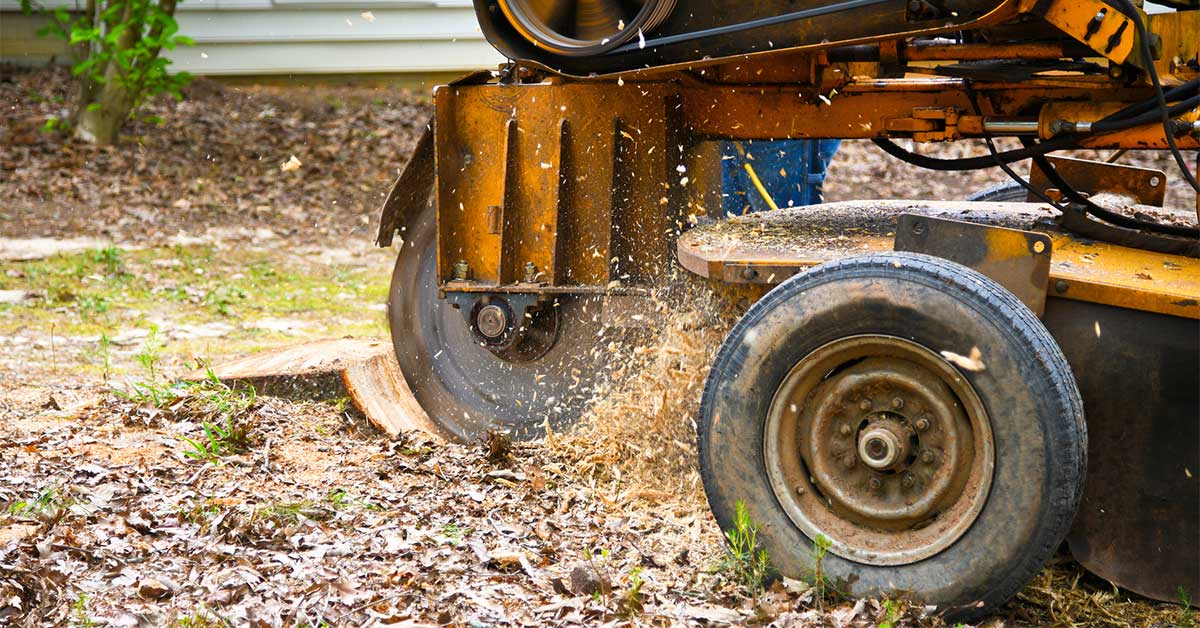Can Tree Removal Damage Your Sewer Line?
Few things are more frustrating for homeowners than discovering a costly sewer line problem after a tree has been removed. So, can tree removal damage your sewer line? The answer is yes, under certain conditions it can. Here’s why.
Tree roots often grow around or inside sewer pipes and removing the tree can disturb the soil or break those roots in ways that crack or shift the line. While many people focus only on the visible parts of a tree, the real risks are buried underground.
Sewer line damage may not appear until weeks or months later, often turning a simple project into an expensive repair. Knowing how trees and pipes interact before cutting can help prevent hidden damage and protect your home.
Roots Versus Pipes: A Slow Underground Battle
Tree roots are designed to seek water. When the soil becomes dry, roots spread farther in search of moisture. Sewer pipes, with their constant flow, become an attractive target. Even small cracks in old clay or cast-iron pipes can allow roots to slip inside. Once in place, the roots expand and thicken, slowly prying the pipe apart.
In older Memphis neighborhoods where clay lines are still common, we see this problem frequently. A tree may look healthy on the surface, but underground, its root system could already be weaving into a sewer joint. Removing the tree does not always solve the issue. Roots may continue to grow for some time or die off in ways that destabilize the soil, leaving pipes vulnerable.
The Ripple Effect of Removal
The risks do not end once the tree is cut down. Removing a tree changes the ground around it. As roots decay, they leave gaps in the soil. Over time, this settling can put uneven pressure on sewer lines. Pipes that were once stable may shift or crack under the new weight.
The removal process itself can also be damaging. Large equipment used to grind stumps or haul heavy sections can compact soil or strike shallow lines. Even when everything looks fine at first, the true effects sometimes do not show until months later, when cracks widen and sewage begins to leak.
How Your Home Warns You Something’s Wrong
Your home often speaks before a sewer line fails completely. Slow drains in more than one sink, gurgling toilets, or the smell of sewage are common early warnings. Outdoors, you may notice damp patches in the yard even when the weather has been dry.
These signs deserve special attention after tree removal. If you notice changes in the weeks or months that follow, it is likely related to stress underground. Acting quickly can prevent a small crack from becoming a full collapse.
When It’s Time to Call a Sewer Expert
Some problems go beyond quick fixes. Backups in multiple drains, recurring sewage odors, or water pooling in the yard require immediate professional help. The longer homeowners wait, the worse the damage becomes and the higher the repair cost climbs.
We respond quickly to these calls because timing makes all the difference. Our inspections and repair methods are designed to stop the problem before it escalates.
Conclusion
Tree removal improves safety and opens space above ground, but it can create hidden risks below. Roots, soil changes, and heavy equipment all have the potential to damage sewer lines. The best protection is careful planning.
Before your next tree removal project in Memphis, schedule a sewer camera inspection with us. It is the fastest way to protect your home, keep your system healthy, and avoid costly surprises.
Get a sewer inspection now and enjoy peace of mind! Contact us at (901) 598-1999 or fill out our contact form today.


